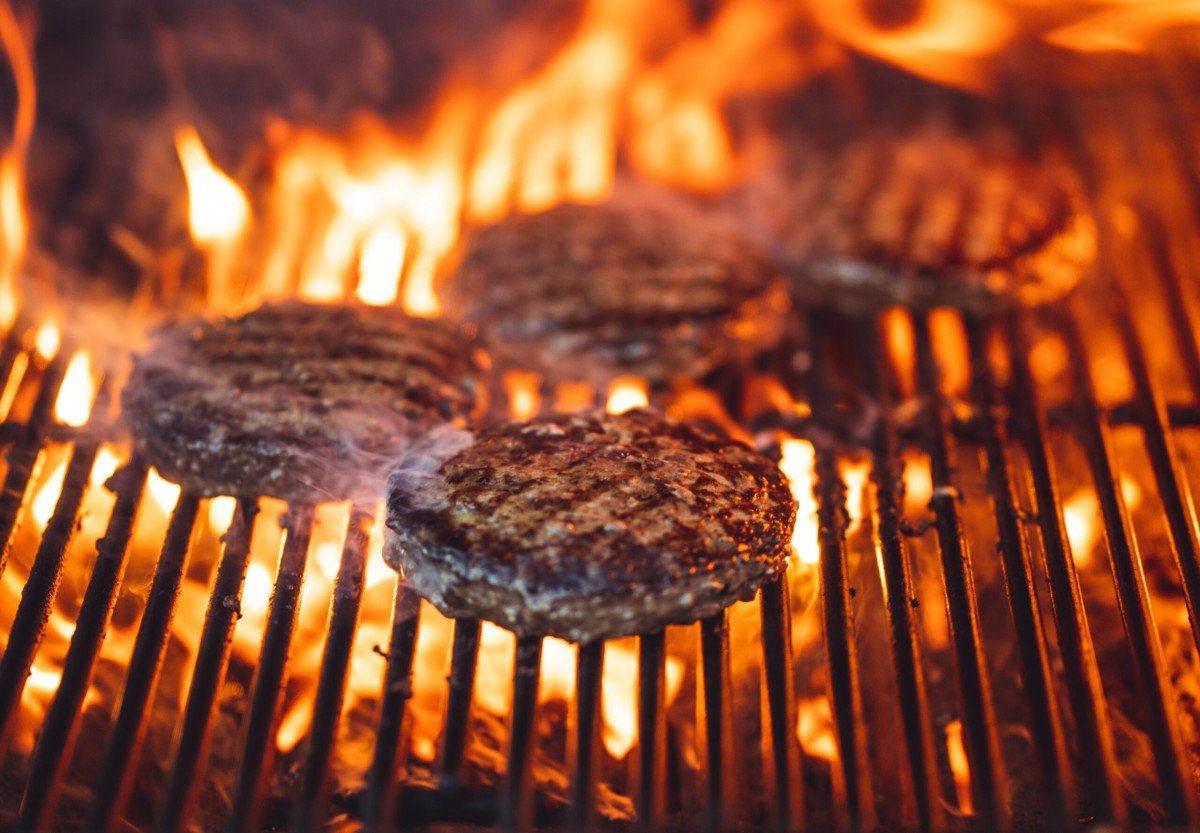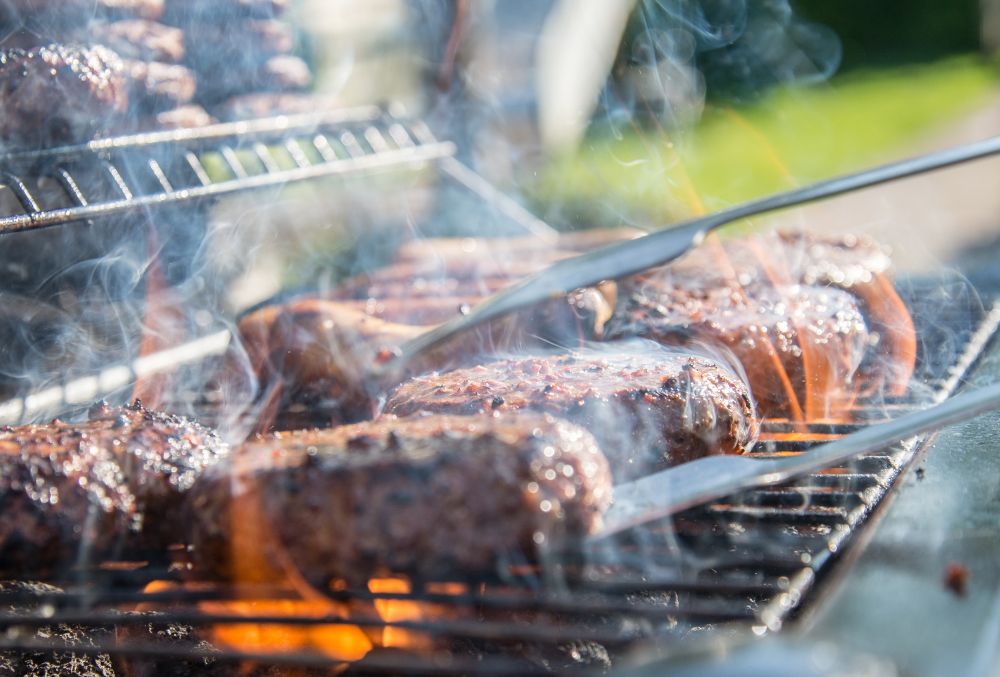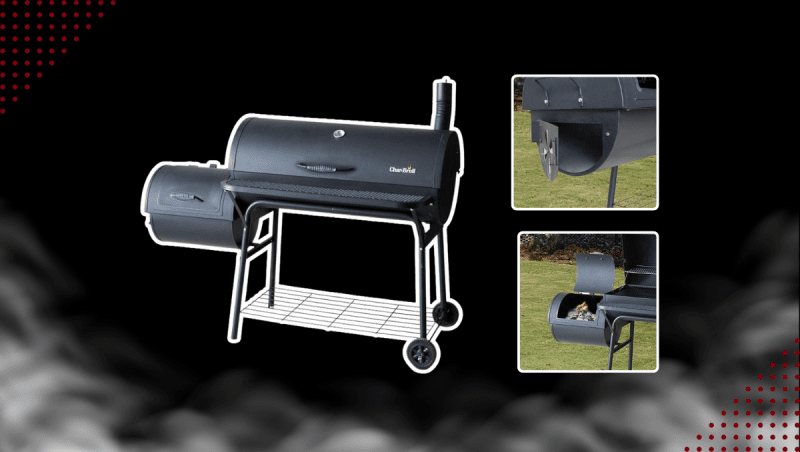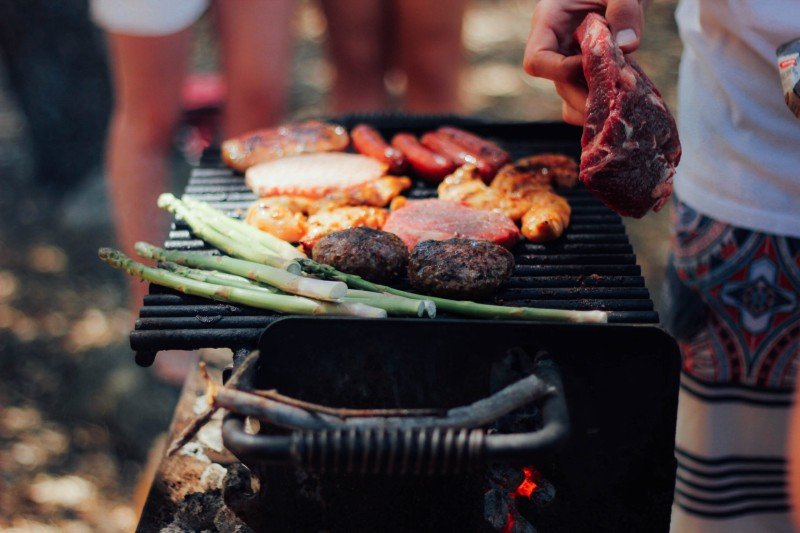In the United States, BBQ smoking has its roots in the traditions of Native American tribes who used smoking techniques to preserve fish and game. When European settlers arrived, they brought their own smoking methods with them, which eventually fused with the techniques of the indigenous peoples to create what we now know as American barbecue.
One of the key innovations in BBQ smoking came in the form of the barbecue pit, which allowed for more controlled smoking temperatures and longer cooking times. Pitmasters learned to use a variety of woods, such as hickory, oak, and mesquite, to impart different flavors to their meats.
Today, BBQ smoking techniques continue to evolve, with pitmasters experimenting with new woods, seasonings, and cooking methods to create their own signature dishes. Whether it's Texas-style brisket or Carolina pulled pork, barbecue smoke signals continue to tantalize taste buds and bring people together around the fire.
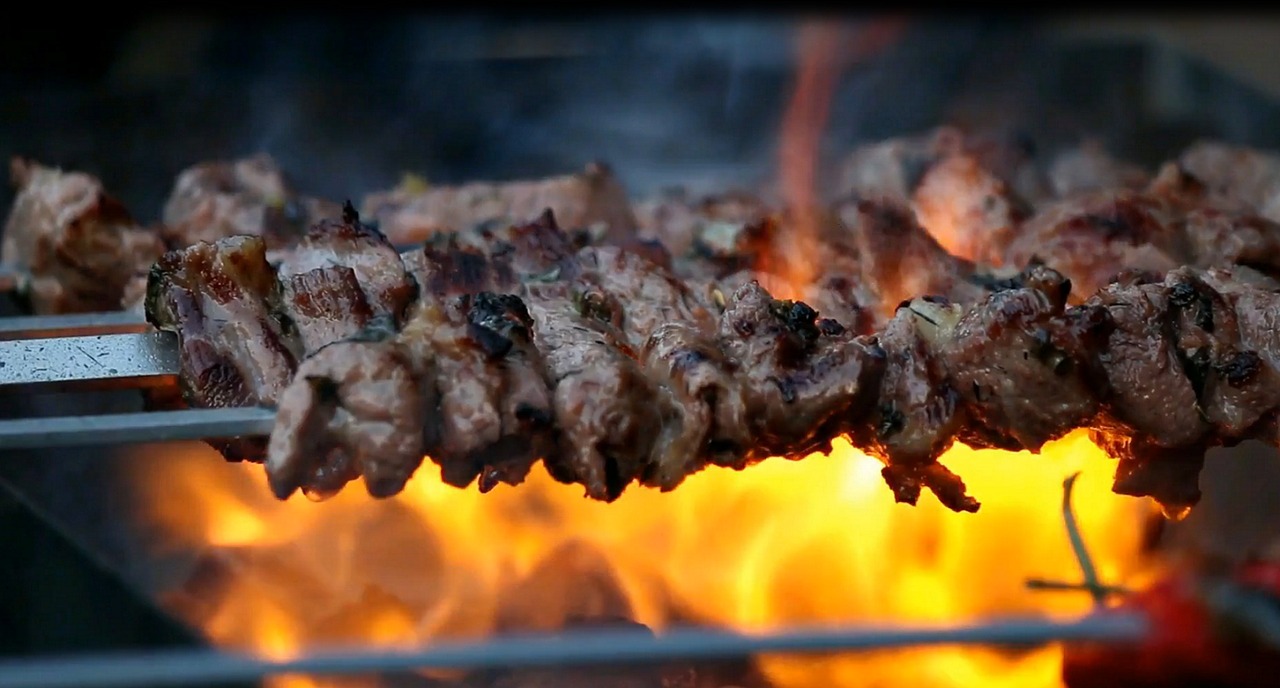
Different Types of Wood for Smoking
When it comes to smoking meat, the type of wood you use can make a huge difference in flavor. Different types of wood impart different flavors to the meat, so it's important to choose the right wood for the job. Here are some of the most popular types of wood used for smoking:
Hickory:
Hickory is one of the most popular types of wood for smoking because of its strong, sweet flavor. It pairs well with all types of meat, especially pork and ribs. Hickory can be a bit strong, so it's best to use it in moderation.
Mesquite:
Mesquite is a very bold and intense wood that is best suited for short smoking sessions. It has a strong, earthy flavor that pairs well with beef and game meats. Be careful not to overdo it with mesquite, as it can easily overpower the meat.
Applewood:
Applewood is a milder wood that imparts a subtle sweetness to the meat. It is great for smoking poultry and pork, as well as seafood. Applewood can be used for longer smoking sessions without overwhelming the meat.
Cherrywood:
Cherrywood is another mild wood that adds a slightly sweet and fruity flavor to the meat. It is perfect for smoking pork, poultry, and salmon. Cherrywood is great for adding a touch of sweetness to your barbecue without overpowering the natural flavors of the meat.
Tips for Achieving Perfect Smoke Flavor
One of the key elements to achieving the perfect smoke flavor in your barbecue is choosing the right type of wood. Different woods impart different flavors, so it's important to experiment with a variety of options to find the one that suits your taste buds best. Some popular choices for smoking include hickory, mesquite, apple, and cherry wood. It's also important to ensure that your wood is properly seasoned, as green wood can produce a bitter taste in your meat.
Another important tip for achieving perfect smoke flavor is to control the temperature of your grill or smoker. Maintaining a consistent temperature is crucial for allowing the wood to slowly release its flavorful smoke into your meat. You can achieve this by using a high-quality thermometer and adjusting the airflow in your grill or smoker to keep the temperature steady. Additionally, be patient and allow your meat to cook low and slow to absorb all of the delicious smoky flavors.
Lastly, don't be afraid to experiment with different smoking techniques to achieve the perfect smoke flavor. Whether you're using a traditional charcoal grill, a propane smoker, or a pellet smoker, each method will produce slightly different results. Try different methods such as the snake method for charcoal grills, the minion method for smokers, or even using a smoke tube for additional smoke flavor. By experimenting with different techniques and wood types, you'll be able to unlock the secrets to perfecting the art of barbecue smoking.
Common Mistakes to Avoid When Smoking Meat
One of the biggest mistakes beginners make when smoking meat is not properly preparing the wood chips or chunks. It's important to soak the wood in water for at least 30 minutes before adding it to the smoker. This will prevent the wood from burning too quickly and help maintain a steady smoke throughout the cooking process. Additionally, make sure to choose the right type of wood for the meat you are smoking. Each type of wood imparts a different flavor, so be sure to do some research and experiment with different kinds to find the perfect match for your dish.
Another common mistake is opening the smoker too often to check on the meat. Each time you open the lid, you let out valuable heat and smoke, which can affect the overall cooking time and flavor of the meat. Instead, trust your thermometer and only open the smoker when necessary to baste or check for doneness. It's also important to maintain a consistent temperature throughout the smoking process. Fluctuations in temperature can result in unevenly cooked meat and a less-than-perfect end result.
Lastly, one of the most important things to remember when smoking meat is to be patient. Smoking is a slow and steady process that requires time and attention to detail. Rushing the cooking time or trying to adjust the temperature too frequently can lead to subpar results. Embrace the art of smoking and enjoy the process as much as you do the final product. With a little practice and patience, you'll soon be cracking the code on barbecue smoke signals and impressing your friends and family with delicious, perfectly smoked meat.
